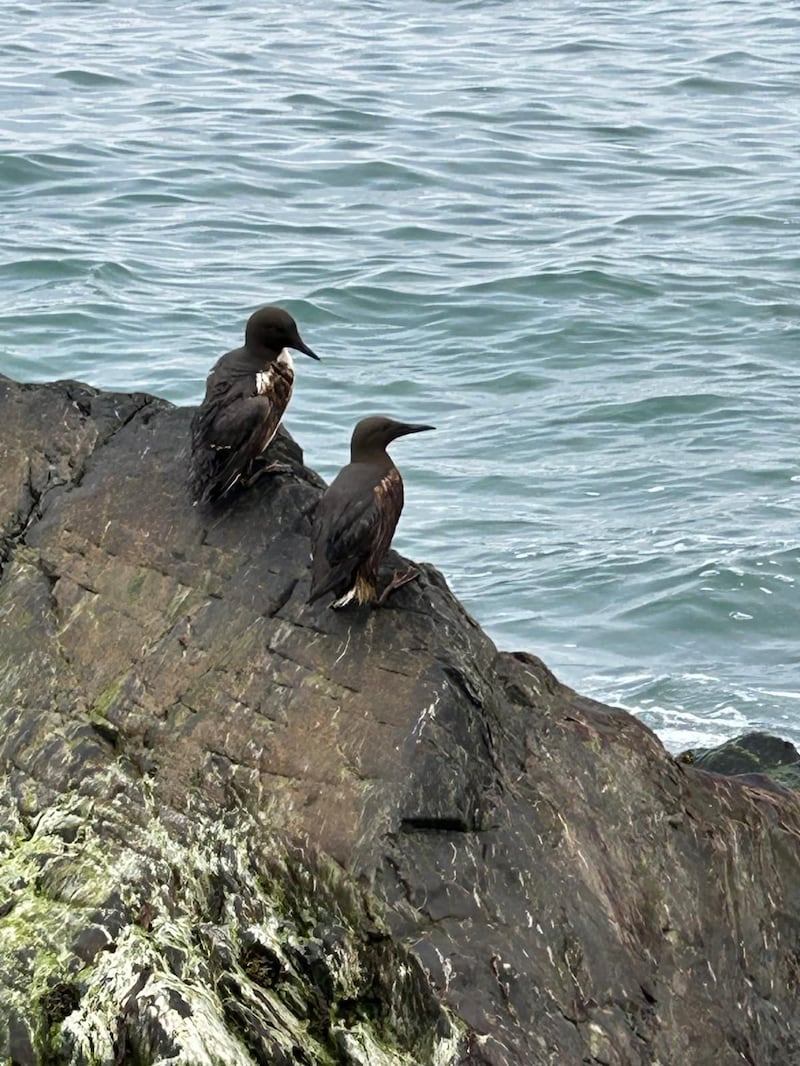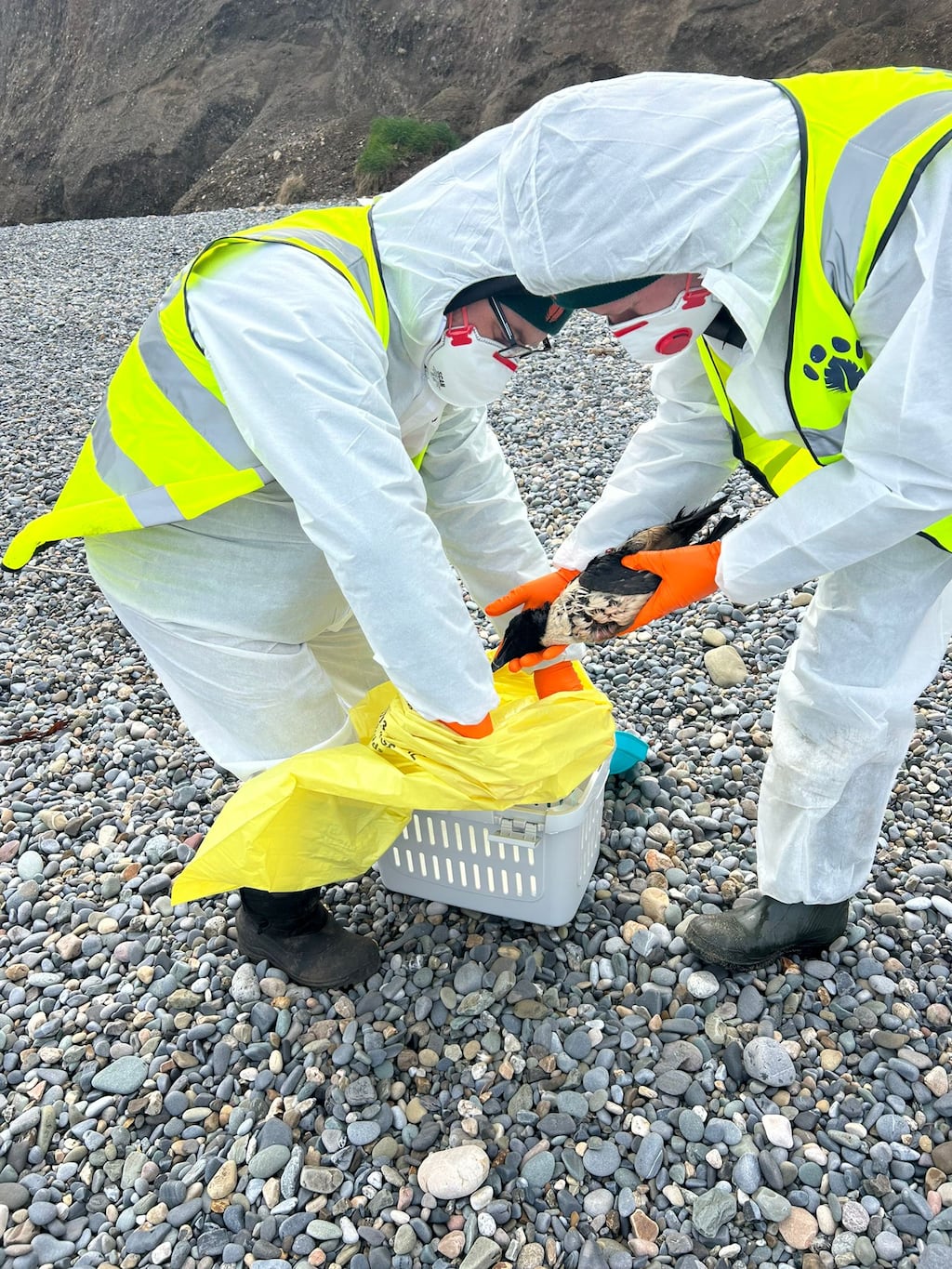A significant oil spill has occurred along the Wexford, Wicklow and Dublin coast in the Irish Sea.
What caused the oil spill or the precise location of it are still unknown despite efforts by the Coast Guard, who sent a helicopter out on Thursday morning.
The Kildare Wildlife Rescue (KWR) has responded with its resources.
The spill has impacted seabirds and poses a threat to local wildlife.
READ MORE
KWR manager Dan Donoher estimates that the oil spill must have originated far out at sea as the birds that have been affected are also located far out at sea.
On Wednesday afternoon, reports of oiled seabirds such as Common Guillemots started to come in from Carnsore Point, Co Wexford, to Dalkey Island, Dublin.
Areas such as Greystones, Brittas Bay, Newcastle Beach, Wicklow Town, and Curracloe Beach, among others have been largely affected by the oil spill.

It is assumed, given the large number of Guillemots among the affected seas birds, that the oil spill originated near their breeding or feeding grounds. Razorbills have also been among the affected species.
As of last night, three Guillemots were already admitted to the Oiled Wildlife Unit at KWR’s Centre in Kildare Town. On Thursday, an additional eight birds have been collected while six birds have been found dead.
Mr Donoher explained that the KWR expect it could be tomorrow or Saturday before they see the extent of the harmed wildlife as the affected birds are still too mobile yet to contain and are situated in inaccessible locations.
“The birds are very badly covered by the substance and we are doing all we can to clean them and treat them,” said Mr Donoher.
Oil can cause the birds’s feathers to clump together and separate, compromising their waterproofing ability and leaving the animal vulnerable to temperature fluctuations, leading to hypothermia. As a result, the birds try to remove the oil from their feathers through preening, while ingesting the substance and causing damage to their internal organs.
The KWR is still unaware of what kind of oil has been spilt.
KWR is collaborating with the Oiled Wildlife Response Network, BirdWatch Ireland, Seal Rescue Ireland, and the National Parks and Wildlife Service to co-ordinate an effective response to the reported cases of oiled birds.
The National Parks and Wildlife Service is still investigating the ongoing issue.
Members of the public are urged to refrain from handling oiled birds due to the potential dangers of the unknown substances. Instead, any sightings should be reported to info@kwr.ie, accompanied by photos or videos, a Google Map pin, and a contact phone number.
The KWR also asks dog owners to keep their pets on a lead as the affected birds may come to shore and cannot move and as the chemicals from the spill are harmful to animals.
Ireland has no official oil spill response plan for wildlife and the KWR urges people to be supportive of the volunteers and to be vigilant.
- Sign up for push alerts and have the best news, analysis and comment delivered directly to your phone
- Find The Irish Times on WhatsApp and stay up to date
- Listen to our Inside Politics podcast for the best political chat and analysis







